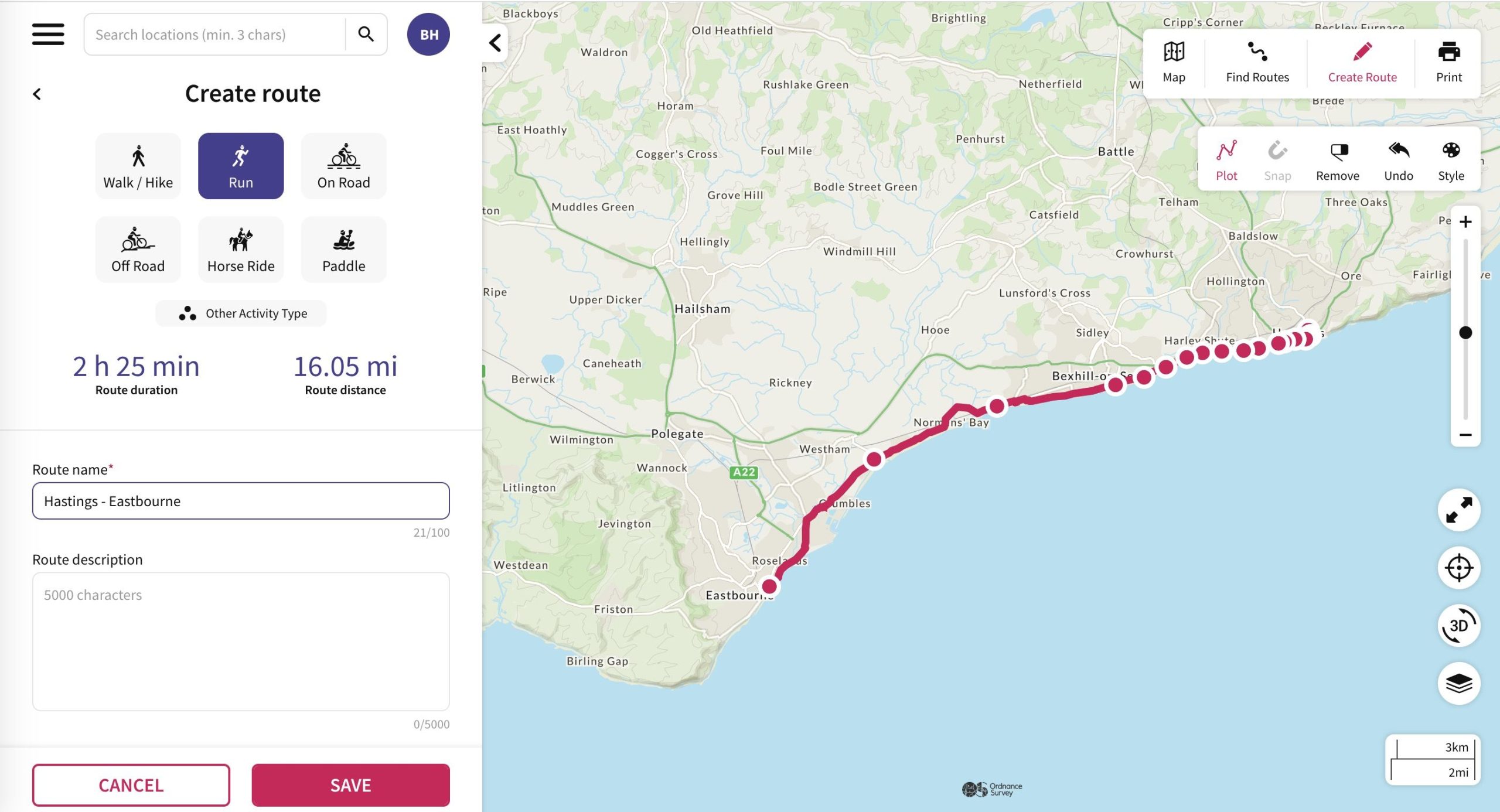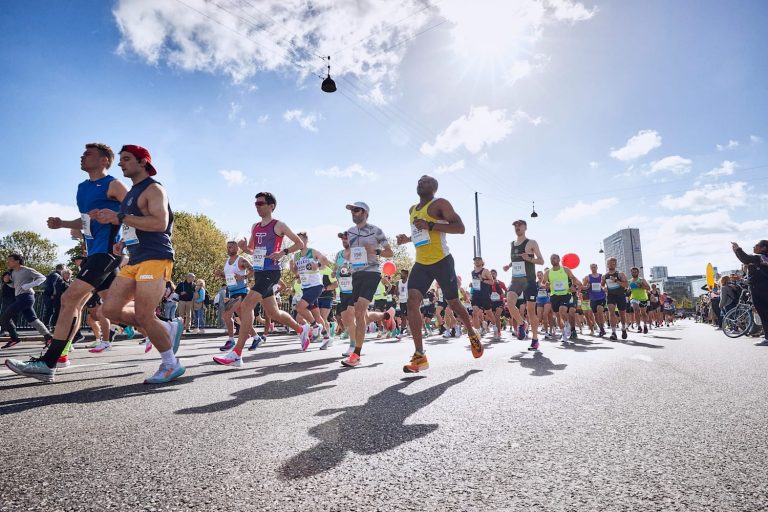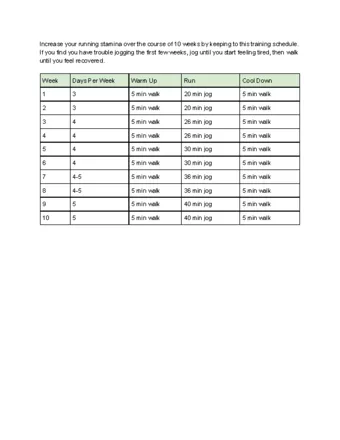How To Plan A Running Route?
To plan a running route, consider distance, terrain, and safety factors for an enjoyable experience. Choosing a scenic location with proper signage and designated trails can enhance your run.
Additionally, incorporating variations in elevation or adding intervals can add intensity to your workout. By considering these elements, you can create an engaging and challenging running route that meets your fitness goals. Planning ahead ensures a safe and enjoyable experience, allowing you to make the most of your running session.
Explore different routes in your area to keep your runs interesting and motivating.

Credit: www.ispo.com
Benefits Of Planning A Running Route
When planning a running route, there are numerous benefits to consider. From enhancing safety to increasing motivation, having a well-thought-out route can make all the difference in your running experience.
Improves Safety
Planning your running route in advance allows you to select paths with adequate lighting, well-maintained surfaces, and minimal traffic. By avoiding potentially hazardous areas, you can reduce the risk of accidents and ensure a safer running experience.
Increases Motivation
By structuring your running route, you can include scenic locations, challenging terrains, and landmarks that provide a sense of accomplishment. This variety keeps the excitement alive, motivating you to lace up your running shoes and hit the road consistently.
Helps Track Progress
When you plan a route, you can create milestones or designated markers to measure your progress. Whether it’s completing a loop faster or increasing the distance, having predefined points for evaluation helps in tracking your improvement over time. This can offer a sense of achievement, boosting your confidence and commitment to your running routine.
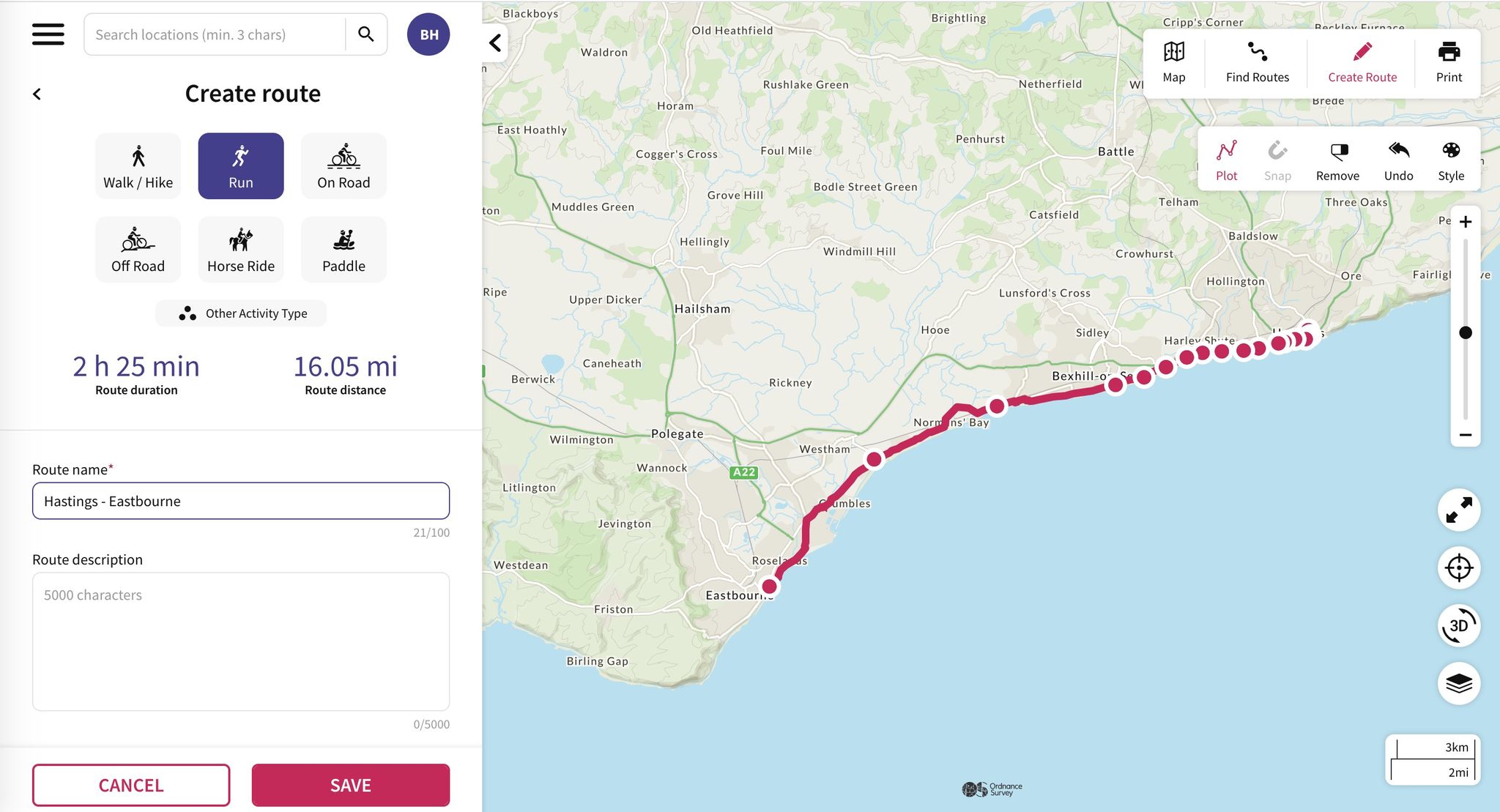
Credit: www.runnersworld.com
Factors To Consider In Planning A Running Route
When planning a running route, there are several factors to consider. These include the distance, terrain, safety, accessibility, and personal preference. Taking these factors into account can help ensure a satisfying and enjoyable run.
Distance
Consider the distance of your running route for your desired workout intensity.
Terrain
Pick a terrain that suits your comfort level, like flat roads or challenging trails.
Traffic
Avoid running in high traffic areas for safety and uninterrupted workouts.
Shade And Weather Conditions
Check for shade and weather conditions to ensure a pleasant running experience.
Access To Amenities
Ensure access to amenities like water fountains or rest areas during your run.
Tips For Planning An Effective Running Route
When planning a running route, consider the distance, terrain, and safety. Map out a scenic course with minimal traffic and well-lit paths. Incorporate varying inclines for a challenging workout. Embrace change and explore new routes to keep your runs interesting and motivating.
Map Out Your Route Beforehand
Plan your running route in advance to save time and ensure a smooth workout.
Consider Loop Vs. Out-and-back Routes
Decide between loop routes for variety or out-and-back options for simplicity.
Explore New Areas
Keep your runs exciting by exploring different neighborhoods or parks.
Take Advantage Of Running Apps Or Websites
Use running apps like Strava or websites like MapMyRun to discover popular routes.
Seek Advice From Local Runners
Connect with local runners to get insider tips on the best routes in the area.
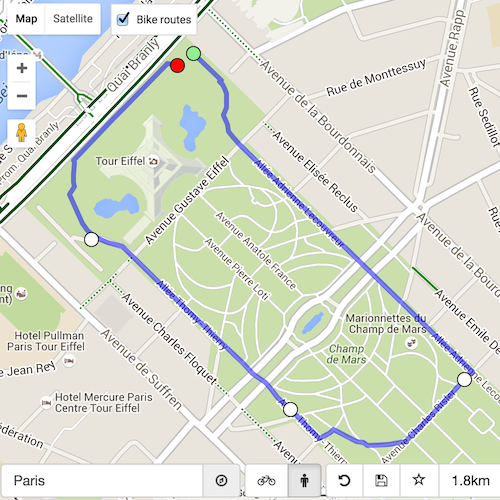
Credit: dynamic.watch
Safety Precautions For Running Routes
In order to ensure a safe and enjoyable running experience, it’s crucial to take necessary precautions when planning your running route. By considering certain safety measures, you can minimize potential risks and focus on your run. Here are some important safety precautions to keep in mind when mapping out your running route:
Choose Well-lit Areas
Opt for well-lit areas to run, particularly during early morning or evening hours. Well-lit paths not only enhance visibility, but also reduce the likelihood of encountering potential hazards.
Stay Visible
Wearing bright, reflective clothing significantly improves visibility, especially in low-light conditions. This helps alert drivers and other pedestrians to your presence, making your run safer.
Avoid Busy Roads
Steer clear of heavily trafficked roads, if possible. Choose quieter, residential streets, parks, or trails that are less congested and pose fewer risks of accidents.
Inform Someone About Your Planned Route
Before heading out, share your planned running route, along with the estimated duration of your run, with a trusted friend or family member. If any issues arise, they’ll have an idea of where you should be and can provide assistance if needed.
Carry Identification And A Phone
Always carry identification and a charged phone during your run. In case of an emergency, these items will enable you to seek help or provide essential information to bystanders or first responders.
Running Route Inspiration And Ideas
Planning a running route can be an exciting and invigorating part of your running journey. Whether you’re a seasoned runner looking to switch up your routine or a beginner looking for new challenges, finding inspiration for different running routes can help keep you motivated and engaged. In this post, we’ll explore some fantastic ideas for running routes that cater to various preferences and interests, ensuring that your workout is both enjoyable and beneficial.
Scenic Routes
One of the best ways to make your run more enjoyable is to seek out scenic routes. Running amidst breathtaking landscapes not only provides a feast for your eyes but also adds an element of tranquility to your workout. Consider exploring coastal paths, scenic trails, or routes that wind through picturesque countryside. These routes allow you to soak in the beauty of nature while getting your heart rate up.
Trail Running Routes
If you’re a fan of off-road running and prefer a bit of adventure, trail running routes are ideal for you. These routes often take you off the beaten path and onto rugged terrain, incorporating hills, forests, and streams into your workout. Not only does trail running challenge your muscles in different ways, but it also allows you to connect with nature and embrace a more primal form of running.
City Running Routes
For those who love the energy and vibe of a bustling city, city running routes offer an excellent way to explore urban landscapes while getting your daily dose of exercise. Running through city streets allows you to experience the hustle and bustle, witness historical landmarks, and enjoy the architectural marvels around you. Consider mapping out a route that takes you through different neighborhoods, local parks, and iconic city sights.
Park Or Nature Reserve Routes
Escape the noise of the city and immerse yourself in the peacefulness of nature by planning your running route through local parks or nature reserves. These routes provide a serene environment for running, surrounded by lush greenery, refreshing air, and the calming sounds of wildlife. Whether it’s a gentle jog around a park or a longer run through a nature reserve, these routes offer a perfect balance of relaxation and exercise.
Historical Or Landmark-themed Routes
For history enthusiasts and those interested in landmarks, planning a running route that takes you past historical sites and famous landmarks can create an engaging and educational running experience. Whether you’re running in your hometown or exploring a new city, look for routes that pass by iconic monuments, historical buildings, or significant landmarks. This way, you can learn about the history and culture of the place while keeping fit.
Frequently Asked Questions Of How To Plan A Running Route
How Can I Plan A Running Route That Suits My Fitness Level?
To plan a running route that suits your fitness level, start with shorter distances and gradually increase them over time. Incorporate different terrains and levels of difficulty to challenge yourself.
What Are Some Important Factors To Consider When Planning A Running Route?
When planning a running route, consider factors such as terrain, safety, traffic conditions, accessibility to water and restrooms, and availability of scenic views or landmarks to keep you motivated and engaged during your run.
What Tools Or Apps Can Help Me In Planning A Running Route?
There are several tools and apps available to help you plan a running route. Popular options include Strava, MapMyRun, and Runkeeper, which provide features like distance tracking, route mapping, elevation profiles, and the ability to discover new routes created by other runners in your area.
Conclusion
Planning a running route is essential for a successful and enjoyable workout. With the right tips and tricks, you can create a route that meets your needs and challenges you. By considering distance, terrain, and safety, you can ensure a satisfying and rewarding running experience.
Happy running!

